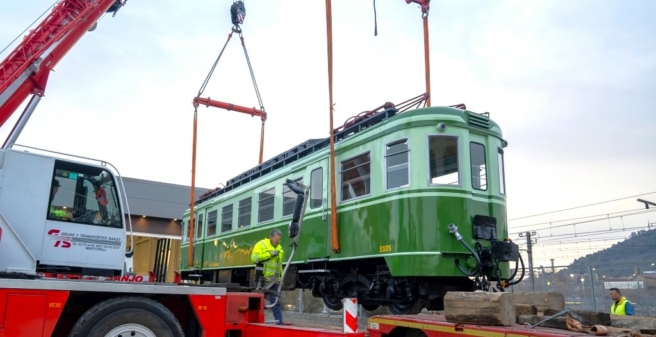
The Catalan regional railway services Ferrocarrils de la Generalitat de Catalunya (FGC) have completed the restoration work on a historic suburban railcar (EMU) that operated on its metre-gauge network, popularly known as the “Carrilet”, in the second half of the twentieth century. It is the four-axle electric railcar CFGC 5105 from the 5000 series. The restoration work, both inside and out, has largely returned the vehicle to the condition it was at the beginning of the 1970s.
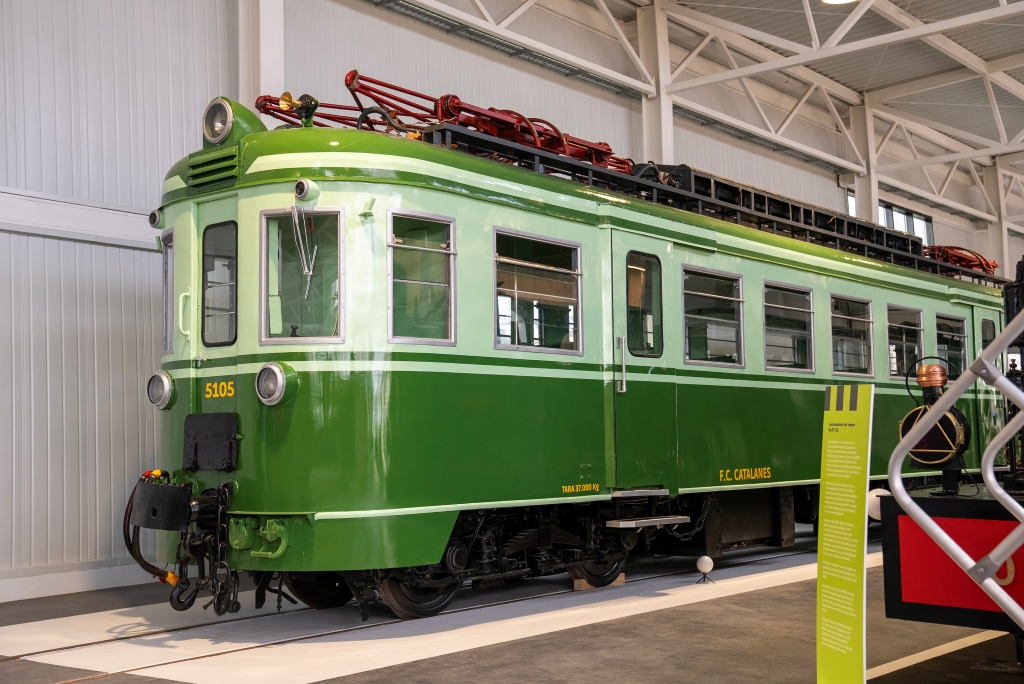
The past
The CFGC 5105 electric railcar is part of the so- called “Naval” series which was constructed by the Sociedad Española de Construcción Naval und der Constructora Nacional de Maquinaria Eléctrica (Spanish Shipbuilding Company and the National Construction of Electric Machines) in the late 1950s and early 1960s with the aim of renewing the rolling stock of various electrified narrow-gauge suburban railways in the country. The passenger compartment is unique, with 56 upholstered fixed seats separated by two access platforms, with pneumatically operated sliding doors.
The vehicle could reach a top speed of 70 km/h and was one of a series of 23 railcars built between the late 1950s and early 1960s. CFGC 5105 was built in 1959 and was initially intended for the only RENFE metre-gauge line Cercedilla-Cotos in the mountains north of Madrid (today’s suburban railway line C9) together with several other cars in the series. However, the braking system of the trains proved to be too weak for the steep line – an accident during a test run with celebrities on board was prevented at the last second. The vehicles were passed on to Catalonia and were used from 1973 onwards on the metre-gauge network of today’s FGC in suburban traffic on the line between Barcelona, Martorell and Manresa.
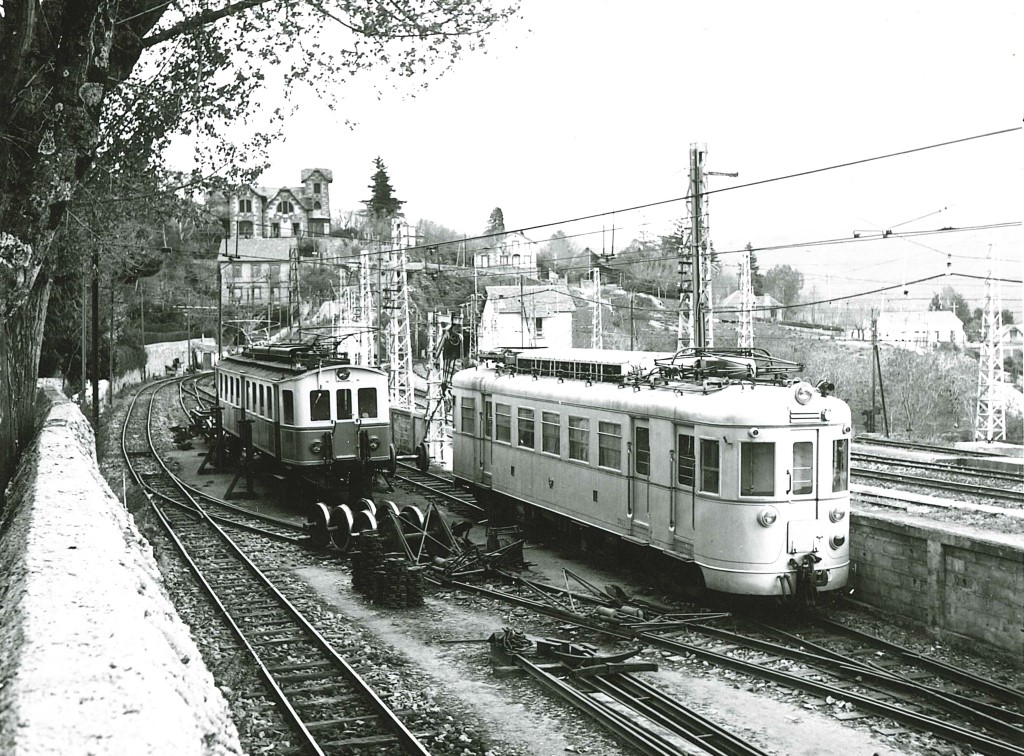
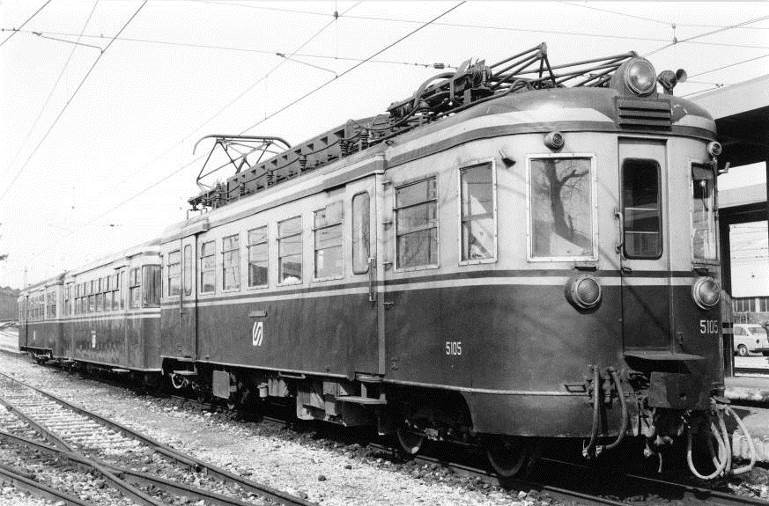
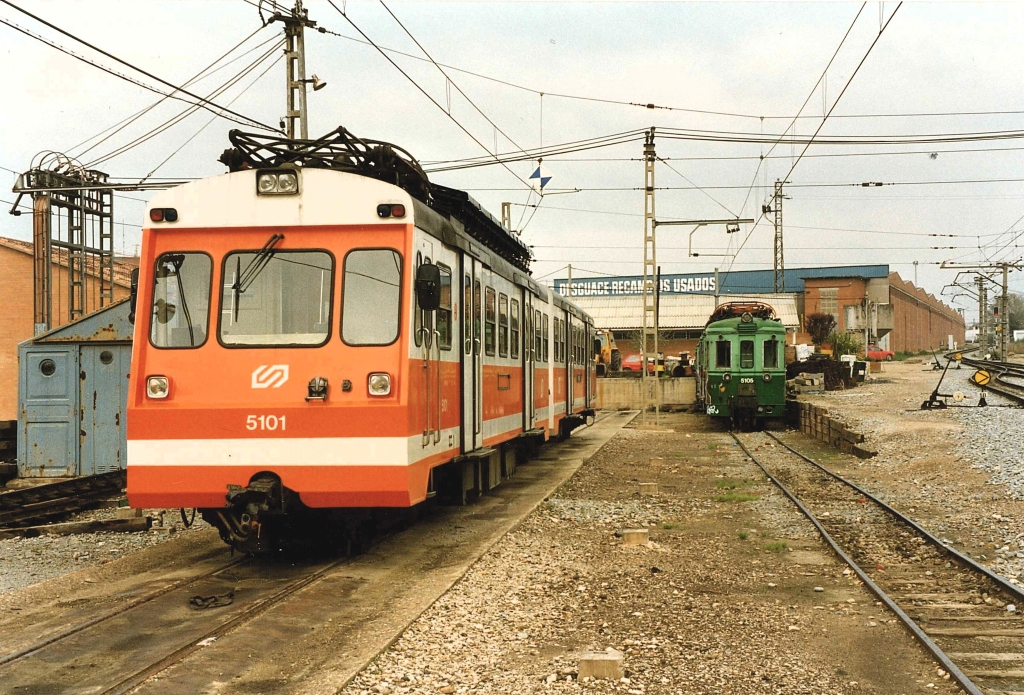
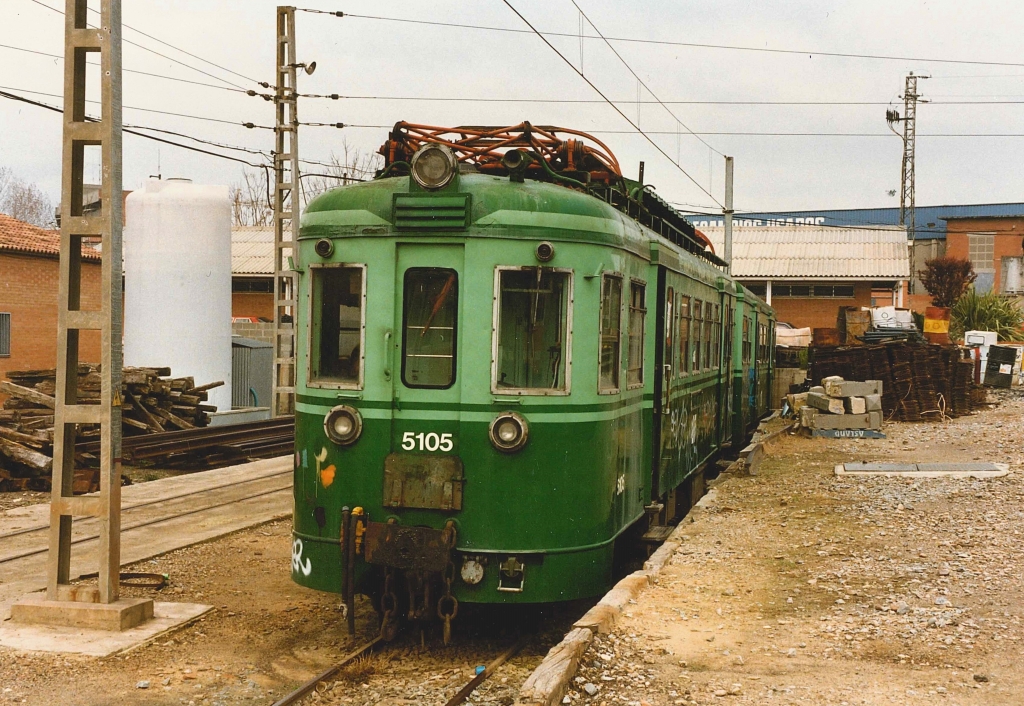
Between 1985 and 1990, Ferrocarrils rebuilt most of these carriages with new bodies to improve comfort. These vehicles were in service on the Llobregat-Anoia line until 1999, when the entire 5000 series was withdrawn from service due to the arrival of the new 213 train units. The series was subsequently scrapped, with the exception of coach 5105, which had not been rebuilt and was listed as a vehicle worthy of historic preservation.
FGC commissioned the Association for the Conservation of the Railway and Industrial Heritage of Mora la Nova to restore this unit at a cost of 83,300 euros. The work, which was carried out last year, consisted of the integral restoration of the interior of the vehicle, including elements such as windows and upholstery, as well as the restoration of the cabin and the floor of the vehicle. Externally, the entire sheet steel was cleaned, the entire vehicle sandblasted and repainted.
Following the restoration, the FGC has integrated the CGFC 5105 electric railcar into the Via Métrica exhibition hall, which is located next to the Martorell junction station. This is the FGC’s Historic Vehicle Conservation Centre, where more than twenty locomotives and wagons that were used for passenger and freight transport on the metre-gauge lines during the twentieth century are on display, bearing witness to the development of rail transport in Catalonia.
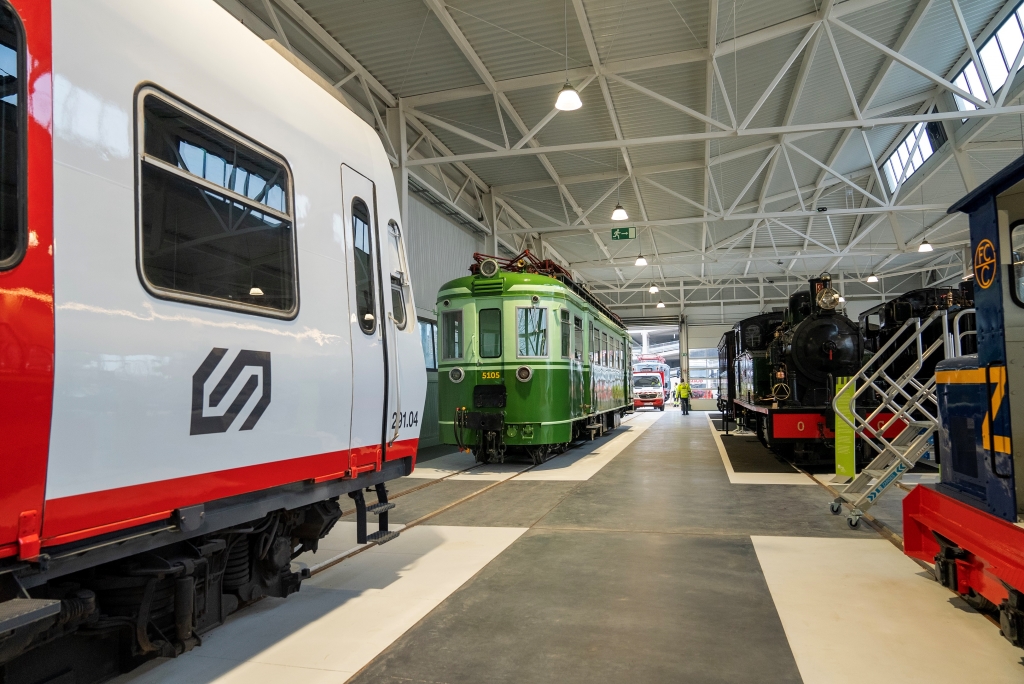
The vehicles preserved here are listed as historical monuments and have been restored by Ferrocarrils. The Via Métrica area can be visited free of charge upon prior reservation: https://www.fgc.cat/patrimoni-fgc/ .
The creation of new spaces for the preservation and exhibition of historic rolling stock is one of the priorities of the defined strategy for the preservation of railway heritage. Via Métrica joins the centres that FGC has set up in recent years to preserve its rolling stock in historic facilities such as La Cotxera de Rubí, opposite the old Rubí station, La Nau del tren històric del Vallès, located in the FGC’s Rubí operations centre, or Moll de la Pobla at La Pobla de Segur station on the Lleida-La Pobla de Segur line.
In addition to the Barcelona suburban railway, the FGC’s narrow-gauge operations also include the Núria rack railway in Ribes de Freser and Montserrat in Monistrol de Montserrat as well as the 600mm-gauge tourist line in La Pobla de Lillet.
27.04.2024
